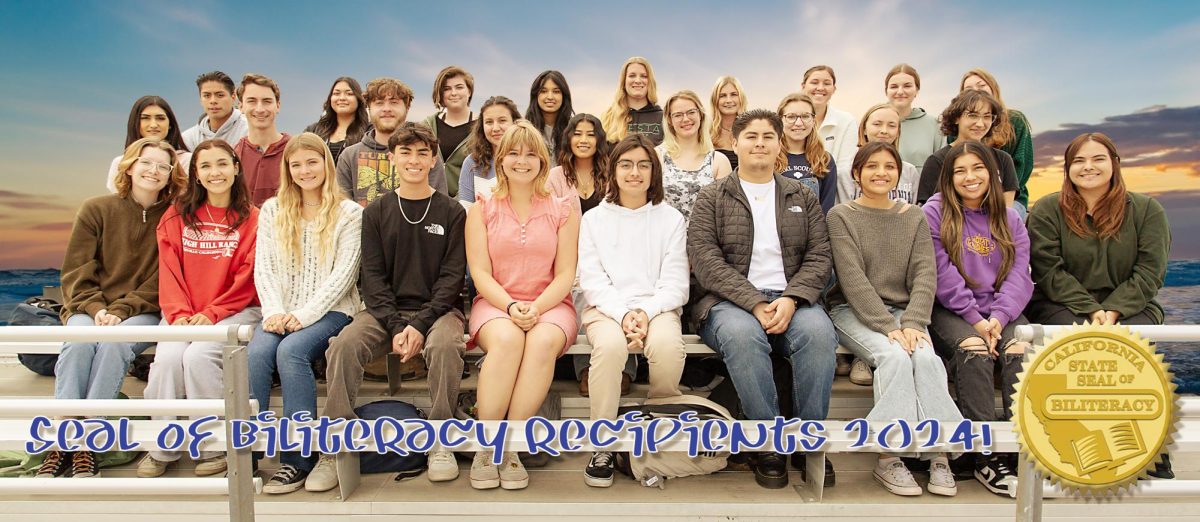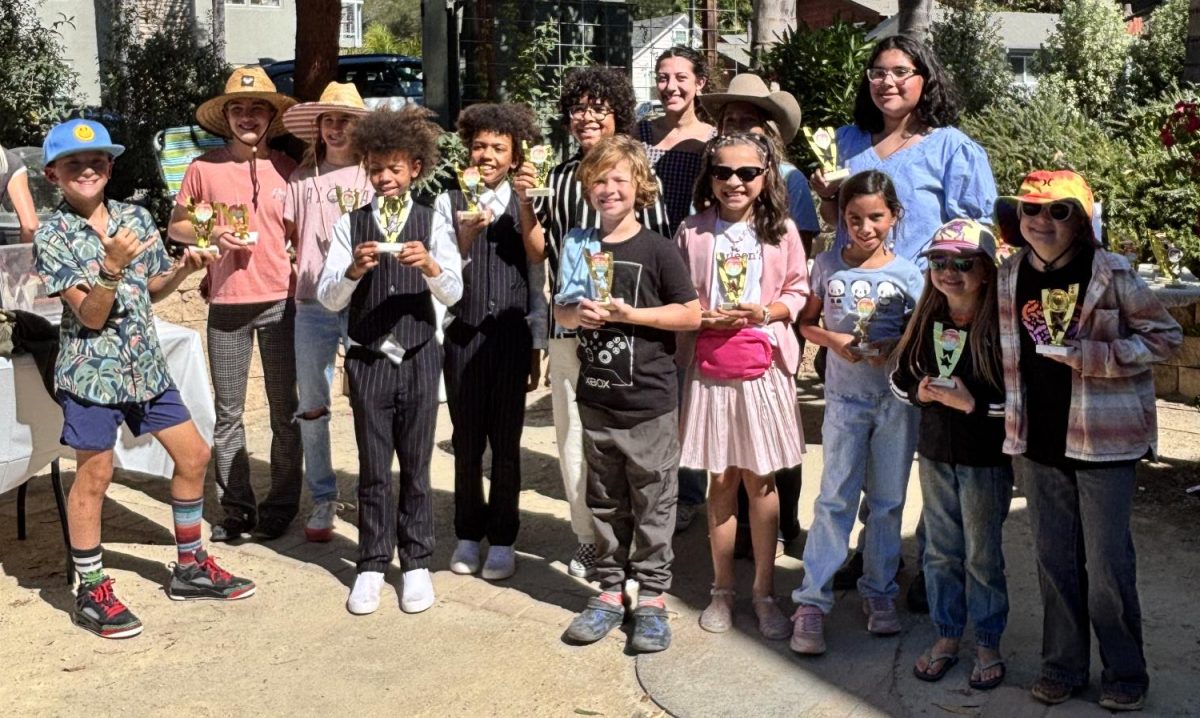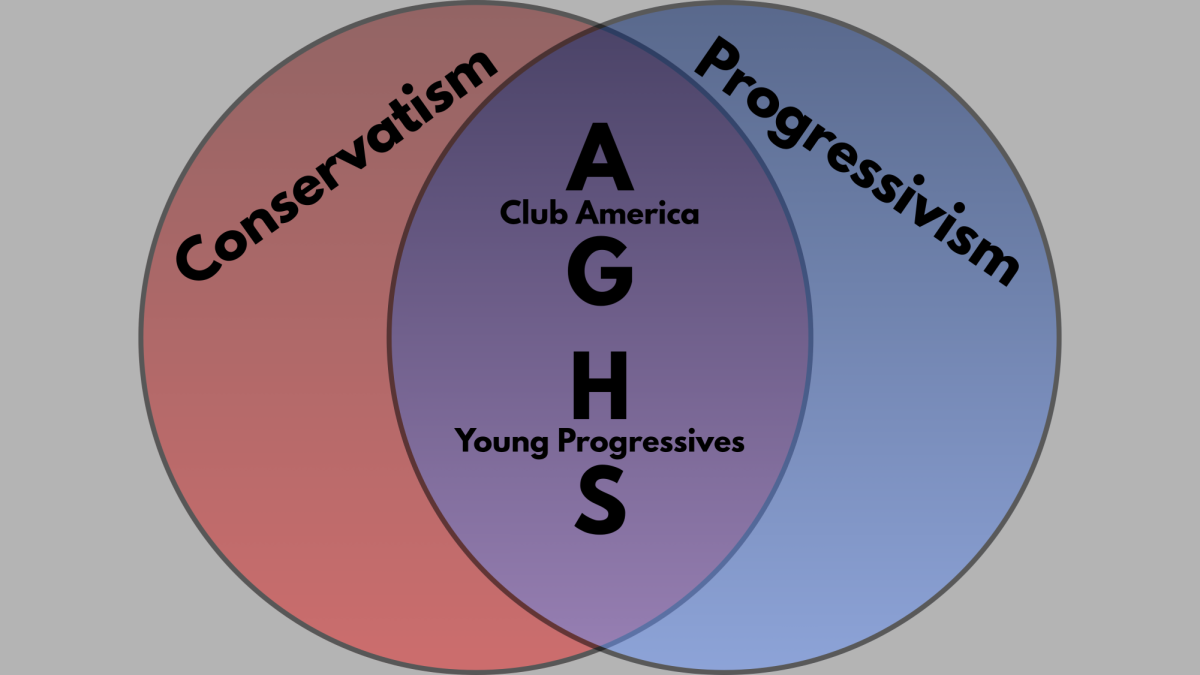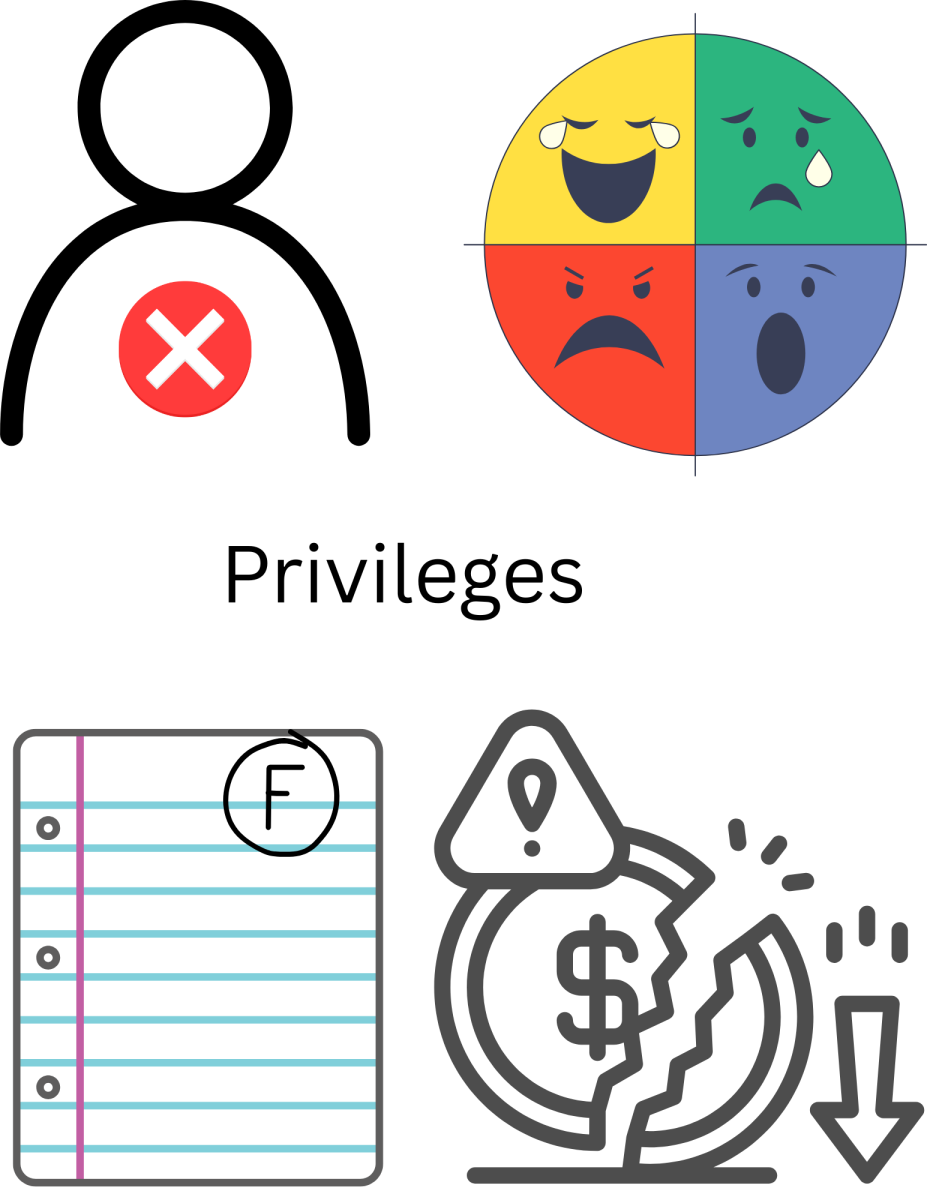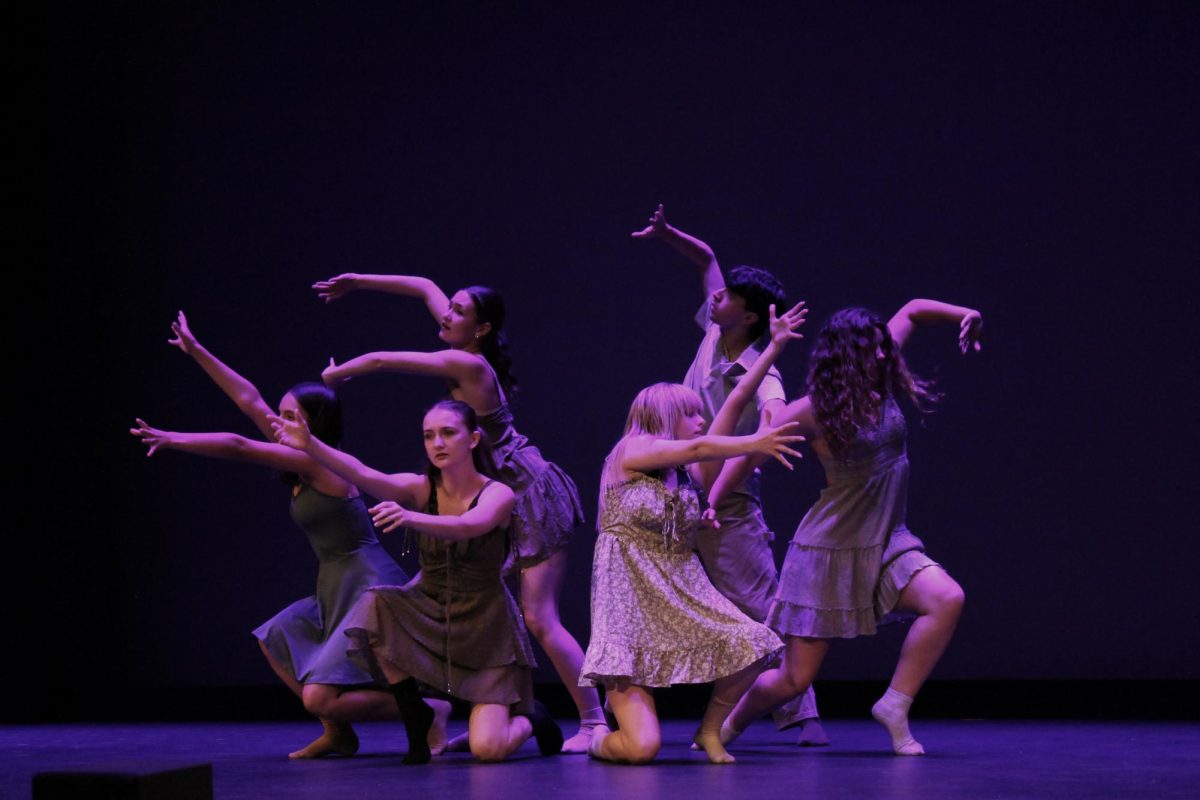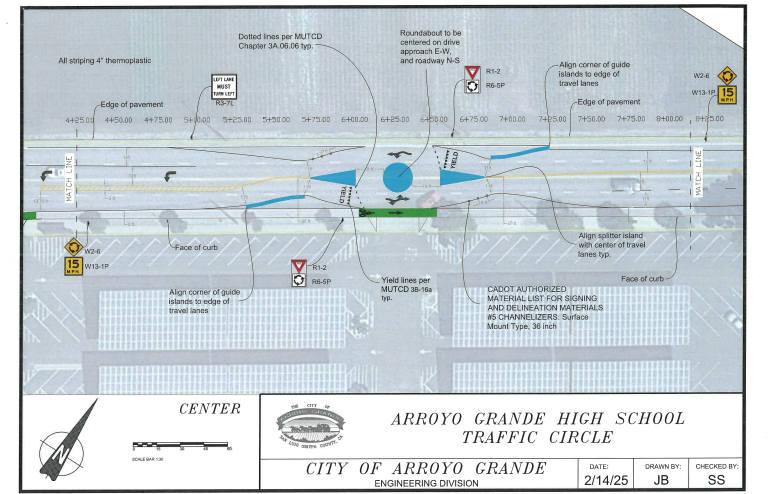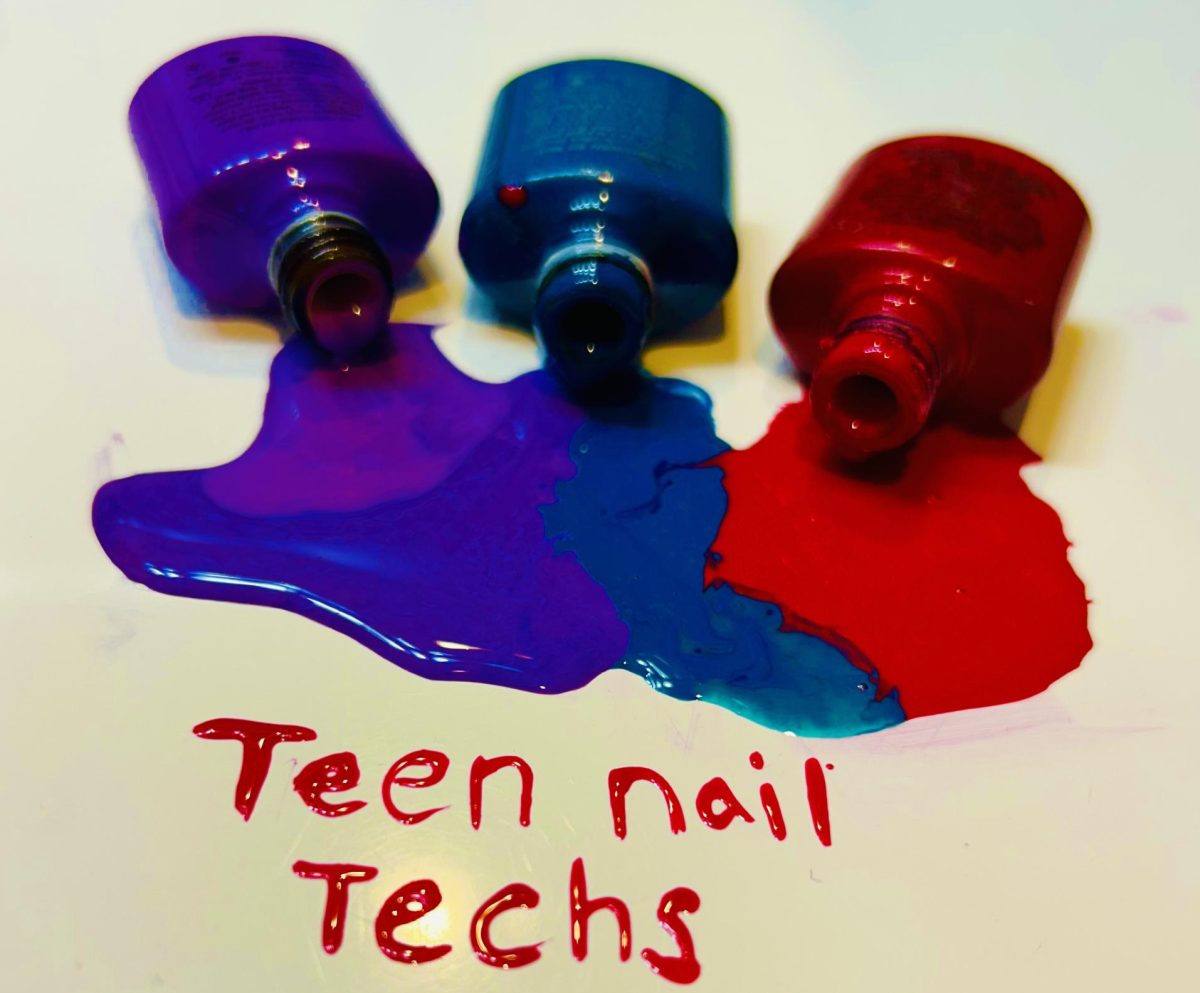According to the official website for the Seal of Biliteracy, “The Seal of Biliteracy is an award given by a school, school district, or state in recognition of students who have studied and attained proficiency in two or more languages by high school graduation.”
But how is language proficiency determined?
“For Spanish, there are a couple ways you can do it,” Jason Schmidt, AP Spanish teacher, said. “One is you pass the AP Spanish Language or Spanish Lit tests—either one works. Or you can take AP Spanish, and you have to get a B average or better in all of your coursework and then the teacher can recommend you for [the seal].”
For Spanish, an accumulative test is not required. The Seal of Biliteracy can be awarded after successfully completing 4 years of the language. However, since AGHS does not offer a fourth year of American Sign Language, a final assessment is required for the seal.
“We have a comparable test, similar to the AP [Spanish] test, that is three parts,” Alicia Stoffers, ASL teacher, said.
The ASL biliteracy test includes a multiple choice section, mock-conversation, and a two-minute presentation. These sections are also part of the AP Spanish test, which also includes two written sections.
Prior to last year, the ASL biliteracy test was administered after a student completed ASL 3. This required participants to take the test almost a year after they finished the course, since the test was administered in the Spring. As of 2023, the biliteracy test is now embedded into the ASL 3 course, administered at the end of the year. The results of the test do not impact the students’ grades in the class, but the incorporation of the test into the class does allow for specified preparation.
“I am a part of an ASL teacher cohort that spans from [San Luis Obispo county] down to San Diego,” Stoffers said. “I don’t grade my own students’ [biliteracy tests], it’s given to two other people, and they grade it.”
This year, 39 graduating seniors from Arroyo Grande High School received the Seal of Biliteracy. AGHS students have the option to pursue this seal with proficiency in either Spanish or ASL. Quinlin Gallagher (‘24) is the only graduating senior this year to receive the seal for both Spanish and ASL.
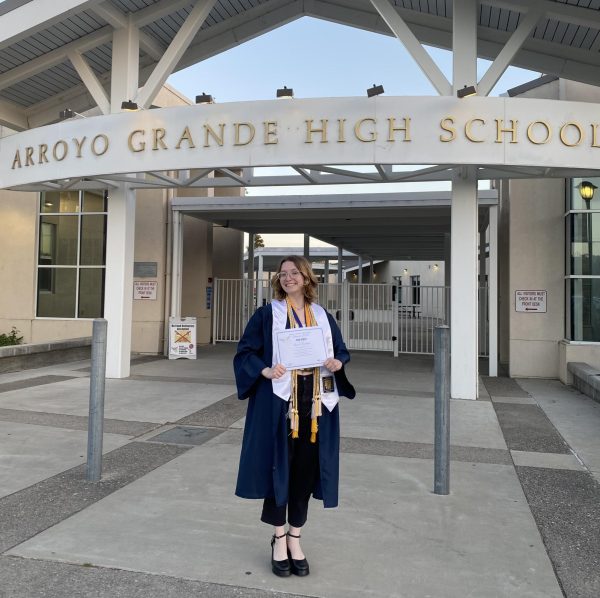
“I went to an immersion elementary school and middle school, so in Kindergarten my learning was 90% Spanish and only 10% English,” Gallagher said. “So by the time I hit high school, I was fluent already.”
Gallagher received the Spanish Seal of Biliteracy for passing the AP Spanish test with a 5. For her foreign language graduation requirements, she took ASL and passed the comparable ASL test at the end of ASL 3.
“I love being trilingual because it allows you to communicate with so many more people,” Gallagher said.
Receiving the Seal of Biliteracy can also benefit students who are applying for college or putting together a resume.
“It gives you that boost over other applicants,” Stoffers said.
Communication is a huge part of the job force, and the ability to communicate with people in languages other than English can be a massive advantage in many careers.

